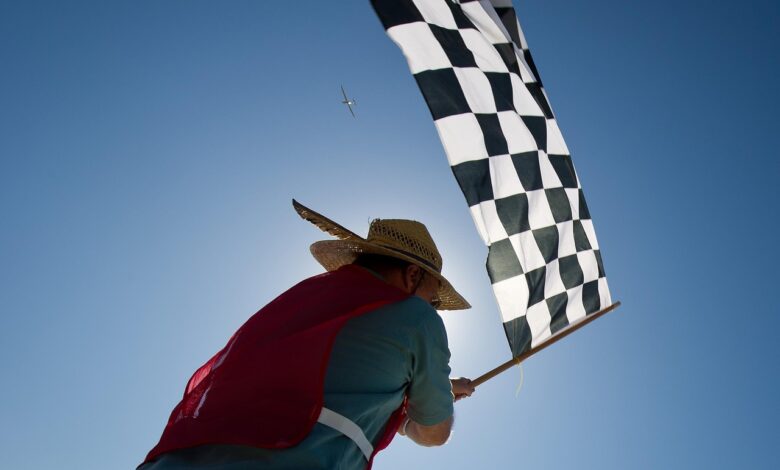
As we count down the last few weeks until the end of the school year, it’s common for nerves to frazzle and patience to evaporate. Students can be a handful too. Social and Emotional Learning (SEL) is a process that helps students better understand their thoughts and behaviours, allowing them to develop self-awareness as well as empathy and respect for the people around them.
Read the Term 4 edition of School News HERE
The Australian curriculum has a specific section for Personal and Social Capability, embedding the five competencies of Social and Emotional Learning. They are:
- Self-awareness
- Social awareness
- Self-management
- Responsible decision making
- Relationship skills.
Teachers who are able to model Social and Emotional Learning behaviours not only assist their students in developing these skills, but will reap the benefit of warm and respectful classrooms that maintain control right until the end.
Some strategies for ending the year on a positive note:
1. Take it slow
Fourth term is notorious for having a range of additional events and expectations from exams and graduation, end-of-year assessments and reports, excursions and incursions, end-of-year productions and assemblies, orientation for the year ahead as well as finishing all the outstanding work from the year just gone.
While it might be tempting to jump in and get started early while the students are fresh and before the post-lunch daze hits, consider taking a few minutes in the morning to foster well-being and establish a sense of deliberate connection with you and with each other.
This could be anything from classroom meditation, guided breathing exercises or chair yoga. It might be ten minutes of mindful journal writing, either in response to a prompt or freeform.
A slow start has the benefit of focussing the class’s attention, helping to remove the distractions that accompany children (and teachers) to school as well as creating an emotionally calm atmosphere in which students are ready to start working.
2. Social and Emotional Learning – Make it personal
While it is essential that students are actively taught social and emotional learning, teachers should not neglect their own self-care in the stressful weeks at the end of the year. Competing priorities, full schedules and additional responsibilities coupled with dwindling emotional resources is a common experience for many teachers.
Strategies might include introducing short breaks between classes to recharge and refocus, setting an egg timer for mindful breathing, counting heartbeats or simply asking everyone to close their eyes and be silent. Outside of the classroom, be deliberate and realistic about the commitments you make to others – including the school – set boundaries and let others know what they are.
3. Focus on gratitude
For many children (and adults) the end of the year is a time of excess. Taking time to practice gratitude is a good way of refocussing the expectations of the festive season.
Notes of gratitude can be written on post-it notes and stuck on a wall, clipped to a Christmas tree, or placed in a jar to be read out at the end of the week. Words of kindness can be painted onto rocks and left in the schoolyard. Younger children can make thank you cards that express their gratitude to someone in their life, while older students can write letters.
Another fun way of expressing gratitude is to encourage students to go out of their way to help or be kind to someone each day, without the person knowing.
4. End as you begin
Establish focused end-of-the-day routines that allow you to make a distinct break between the hectic pace of the classroom and the next stage of everyone’s day. Just as you started the day with a mindful pause, schedule the last five or ten minutes of each day for calming activities. This might again be gentle physical exercise such as yoga or guided breathing or it might be silent reading or colouring, depending on the age of the students.
5. Share the love
As the school year winds up, it is a good time to remind students of the many other people in the school who impact on their learning and environment, but who are not usually at the forefront of students’ day-to-day experience. Introduce your class to the grounds staff and gardeners, the canteen manager, the office staff, the cleaners, the staff from the uniform shop, the crosswalk attendants and the people from the P&C. Model respect and appreciation and the students will follow.







